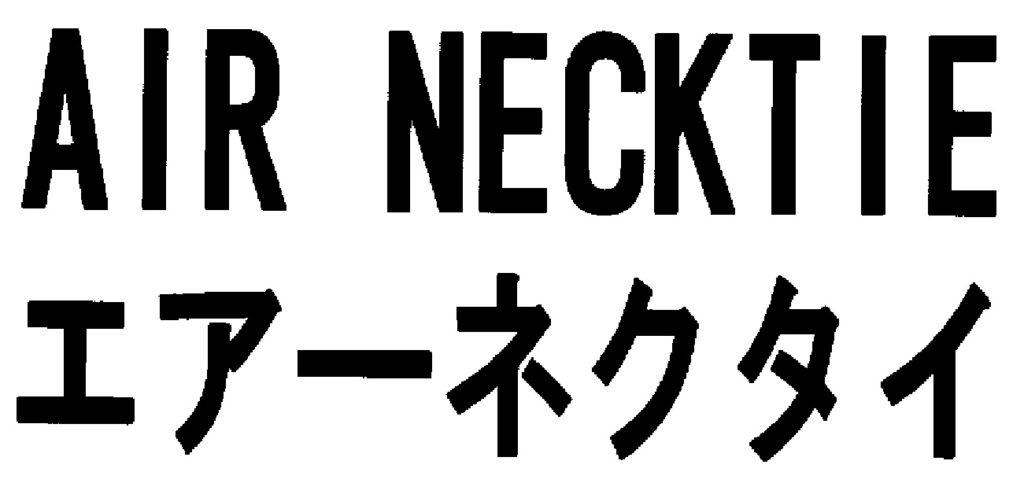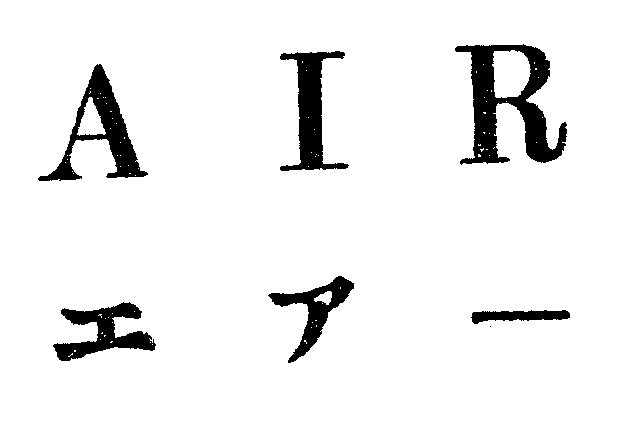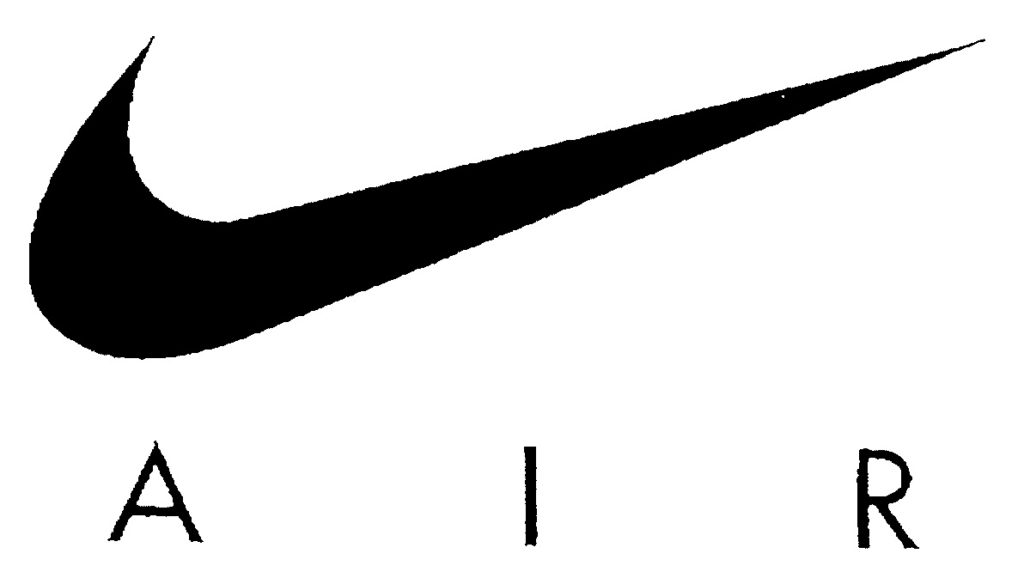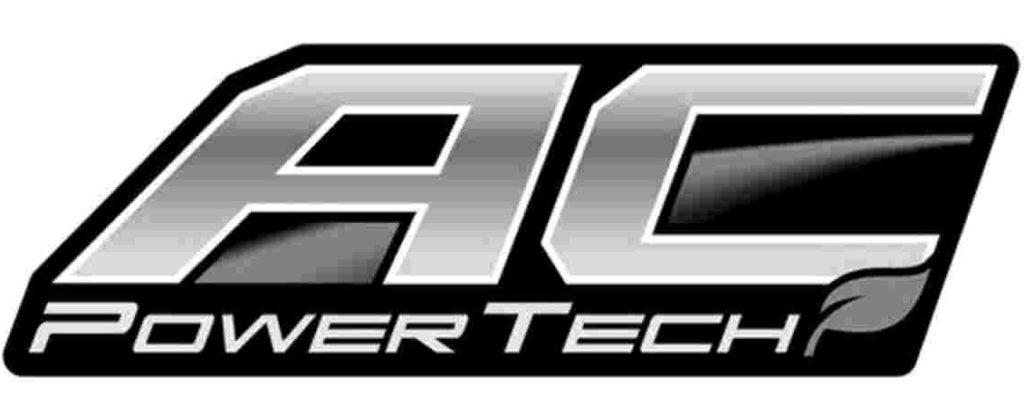On May 5, 2023, the Japan Patent Office (JPO) dismissed an opposition against the composite mark (TM Registration no. 6561093) filed by Moncler SpA, the Italian luxury fashion label, due to the dissimilarity to a device mark for the Moncler logo outline (Opposition no. 2022-900312).
Opposed mark
On December 4, 2021, COCOMi Corporation sought registration with the JPO of the composite mark consisting of the word “CONOMi” beneath the C logo and encircling outline (see below) for use on bags and pouches in Class 18 and apparel in Class 25.

The mark was registered on May 25, 2022, without receiving any refusal in the course of the substantive examination by the JPO. Thereafter, the mark was published for post-grant opposition on June 2, 2022.
Opposition by MONCLER
Italian luxury fashion brand MONCLER filed an opposition on July 28, 2022, contending that the opposed mark should be canceled for being in contravention with Article 4(1)(xi) and (xv) of the Japan Trademark Law.
MONCLER argued the opposed mark was similar to the earlier IR no. 991913 for the bell-shaped device mark representing the Moncler logo outline (see below) and was likely to cause confusion with MONCLER due to the resemblance between the opposed mark and Moncler’s famous mark, and the close relatedness of the goods in question with MONCLER’s business.

JPO decision
The JPO Opposition Board considered the relevant consumers would not see the encircling outline as a prominent portion of the opposed mark by taking account of the coined word “COCOMi” and the entire visual configuration of the mark.
In so far as the encircling outline of the opposed mark perse would not play a role in identifying the source of goods in question, regardless of the resemblance between the encircling outline and the cited mark, the Board has a reason to believe both marks are dissimilar from visual, aural and conceptual points of view in its entirety.
Given the low level of similarity with the cited mark or the Moncler emblem, the Board had no reason to find that there would be a likelihood of confusion where the opposed mark is used on the goods in question, even though the Moncler emblem has acquired a certain degree of reputation and popularity among relevant consumers in Japan.
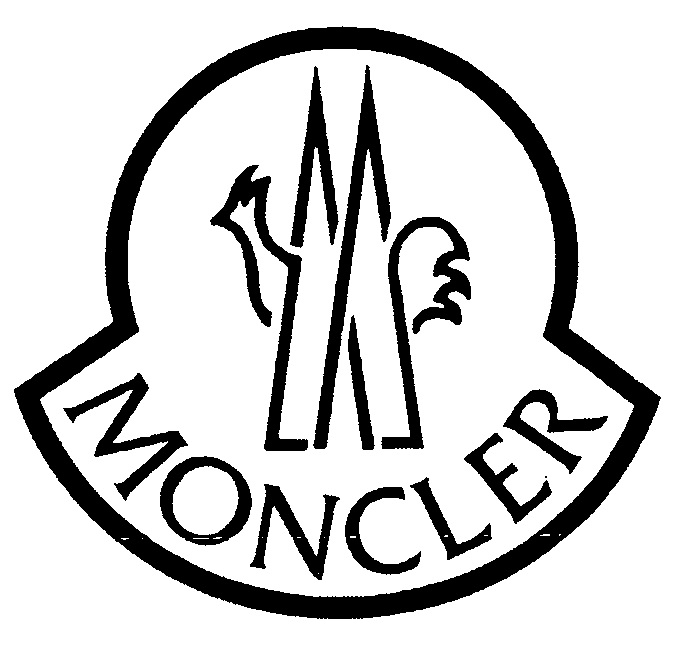
Consequently, the JPO did not side with MONCLER and decided to dismiss the opposition entirely.

